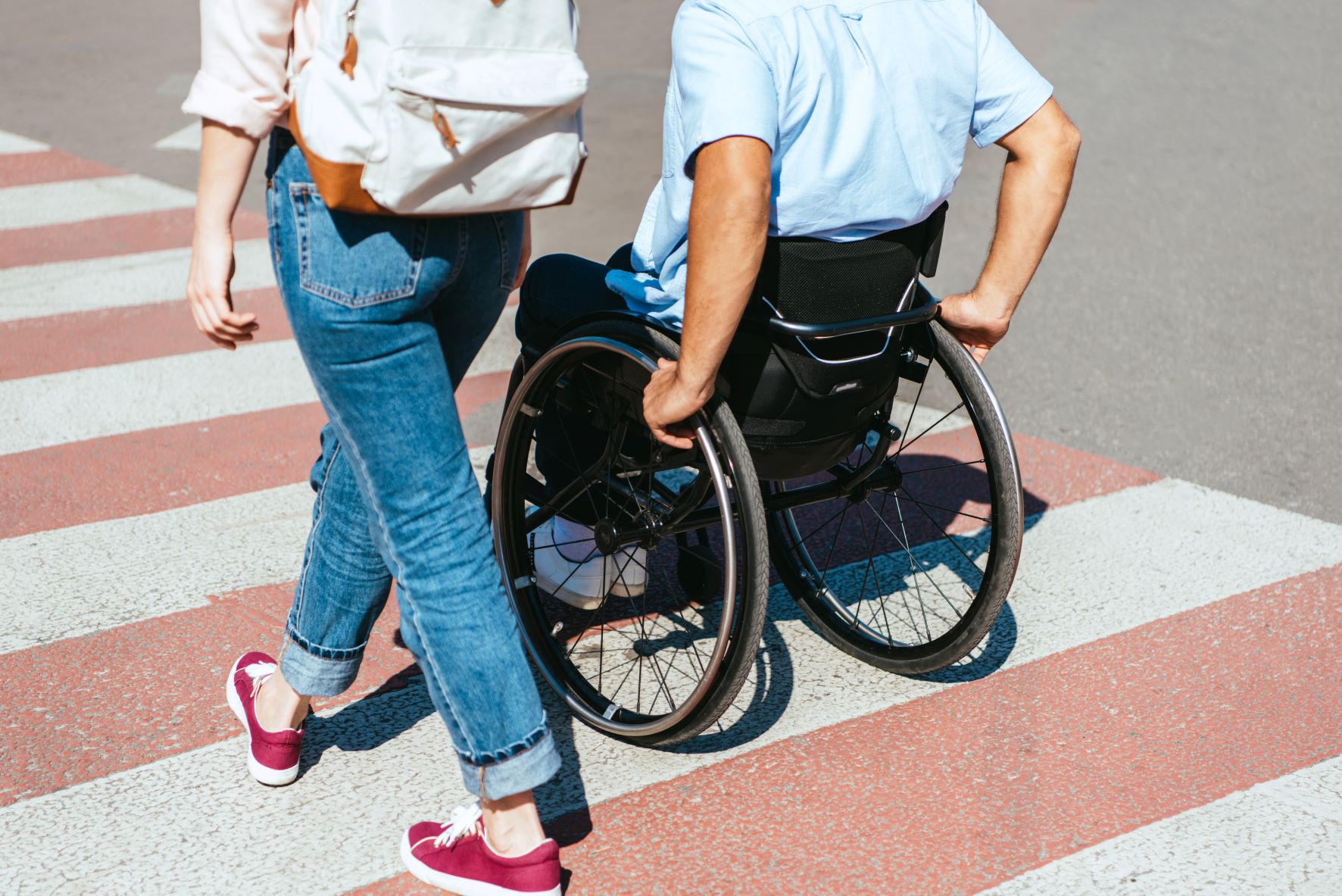
How to be More Inclusive in the Built Environment
The development of larger cities grew exponentially in the past fifty years, leaving us with rapidly built cities that have given too little thought to the disabled members of their population. Now is the time to reassess how to be more inclusive in the built environment so that people of all abilities and diversity experience a living environment that meets their needs.
We not only have new priorities for sustainability, but we also have a higher standard for basic needs such as nearby amenities and public transport. The most livable communities take all of these points into consideration as construction budgets are proposed.
“Historically, America’s economic growth has hinged on its ability to create new development patterns, new economic landscapes that simultaneously expand space and intensify our use of it.” — Richard Florida, from the foreword to Retrofitting Suburbia: Urban Design Solutions for Redesigning Suburbs
Urban designers are being asked to consider how to best redevelop areas in ways that are economically productive and sustainable. It’s a big ask, especially when driving down US roads and seeing vacant malls, dying commercial strips, and outdated complexes. The book Retrofitting Suburbia explores the unsustainable sprawl of late-twentieth-century suburbanization, and it points out the importance of retrofitting suburbia to serve the changing demographics, whether that means pedestrian-friendly walkways to other accessibility expectations.
“I think the right question is what do people need to succeed, across all corners of the city — and next, how do we implement innovations equitably for the advancement of more inclusive communities?” Miguel Gamiño Jr., Executive Vice President and Head of Global Cities at Mastercard, answered the question posed by protocol.com. “By making inclusion and accessibility a competitive differentiator, we can change the future of urban innovation.”
The suburbs have often been an area that lacks proper sidewalks and easy access to public transportation. Individuals are more likely to drive than to walk. Therefore, suburbia is one of the most important areas that need to become more inclusive by creating walkable, transit-oriented, and public-oriented spaces.
One way that the built environment can become more inclusive is through the determination of land use and zoning codes. If new builds need to be easily accessible in multiple ways and not just for private vehicles, this makes the building more accessible to the whole community.
A walkable block is a simple tool that helps a community become more inclusive, and it’s a general rule of thumb that a walkable block is considered 1,700 linear feet. Many suburban areas have oversized blocks that make it difficult to walk between community amenities.
Another important aspect of inclusivity in the built environment is crosswalks. The best streets factor in non-car uses such as sidewalks, crosswalks, and bike lanes. This allows people to choose between different modes of transportation.
“As we look to make cities more functional, creative, and resilient, we also want to develop approaches to keep inclusion at the heart of our urban policy and planning, to ensure that we provide systemic changes that enable more inclusive cities.” Sanna-Mari Jäntti, Director of Strategic Initiatives at the City of Helsinki Mayor's Office, said in response to Protocol.com’s “What is the most important step in making a city more inclusive?”
To further make the built environment inclusive, diversify the housing choices throughout the suburb or urban area. This will better serve a number of different demographics from 20-somethings to 60-somethings with varying needs. Most suburban areas prioritize single-family homes without considering income diversity, accessibility, and housing types. Empty nesters need a different home size than families with two to four children.
Inclusion in the built environment is imperative to attract top talent to area businesses as well. This means that people of all abilities should be able to have access to transportation, living spaces, and other necessary amenities. When diversity is celebrated in the community and businesses, everyone experiences benefits. In fact, the Chartered Management Institute in London estimates that improving diversity and inclusion could add as much as $12 trillion annually to the global economy by 2025.
“Empathy and understanding propel public servants forward, keeping the heart of our people at the core of the solutions we design and deliver.” Petrhyce Donovan, Manager of Innovation & Smart Cities at City of Canterbury Bankstown, Australia, said in protocol.com article “What is the most important step in making a city more inclusive?”.
Creating an inclusive built environment is no easy task, and many government officials and urban designers have been trying to develop solutions to handle climate change, offer accessibility, and provide options for our communities. An inclusive and accessible environment requires a million little details.
At StrongGo, we continue to design and build ADA compliant detectable warning tiles for street curb ramps as well as intermodal applications detectable warning dome tiles so that pedestrians remain safe throughout their commute. Find out more today!


